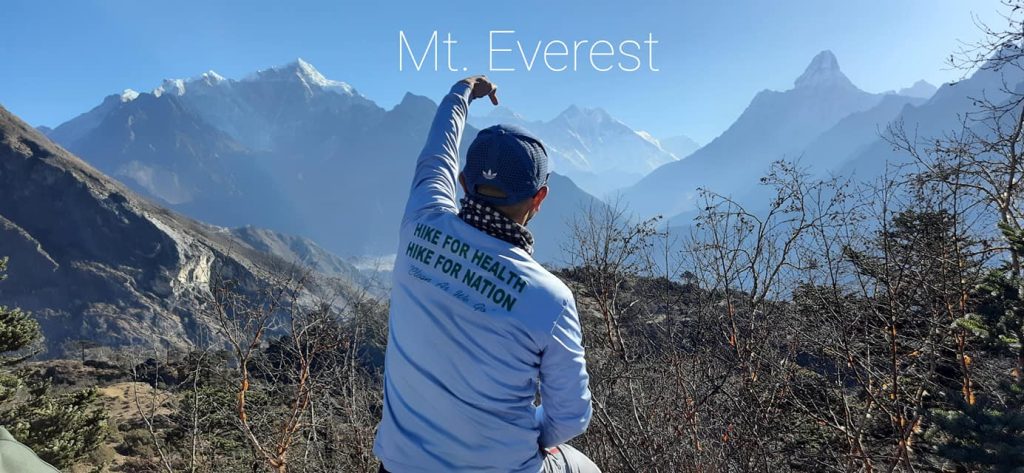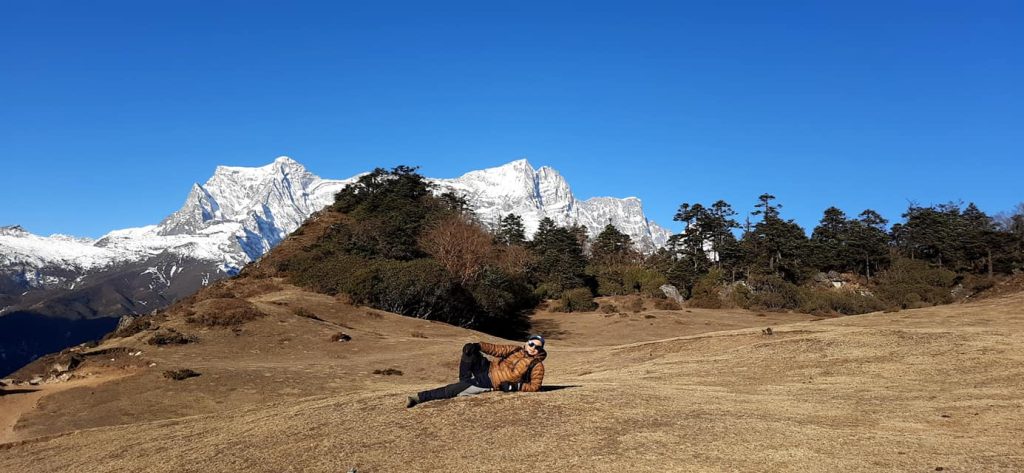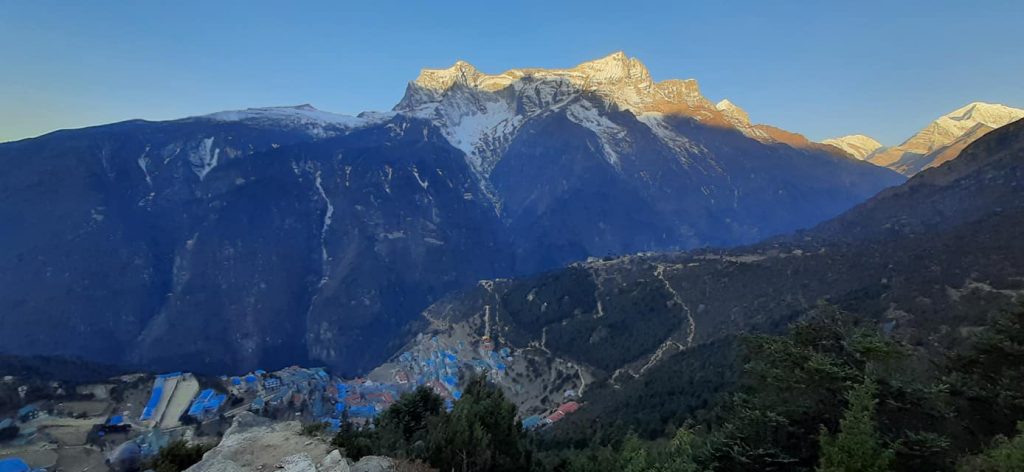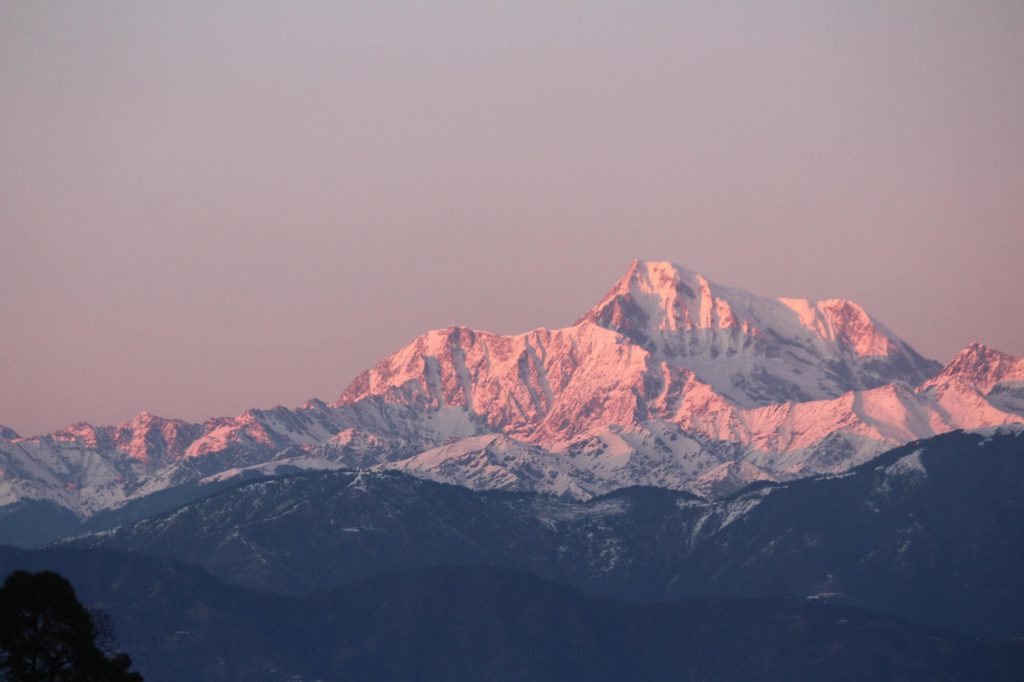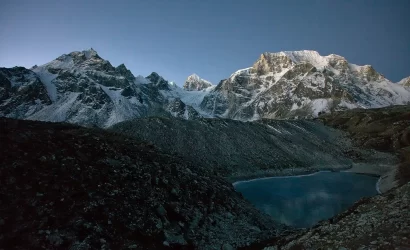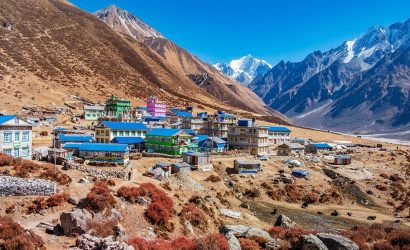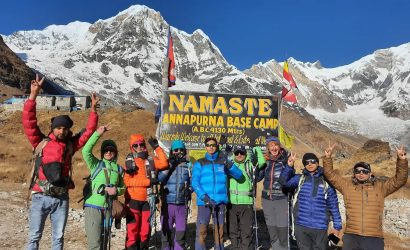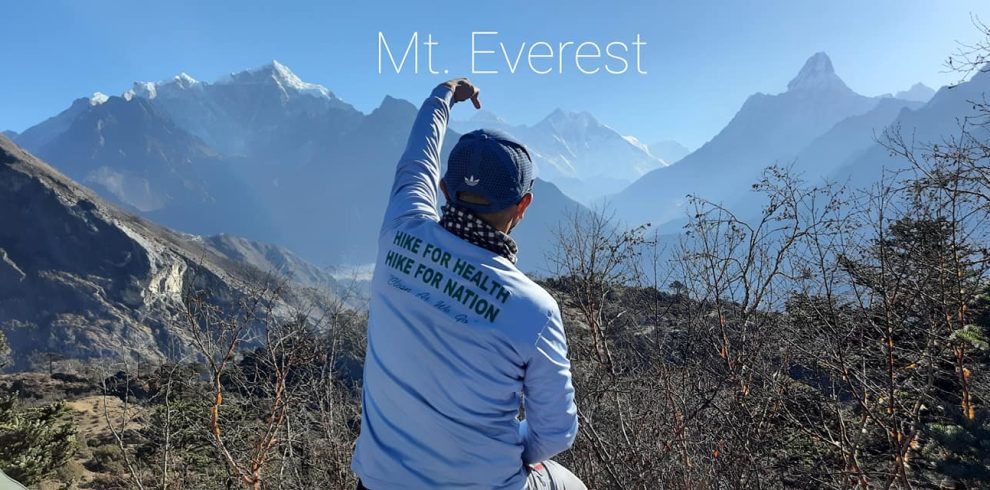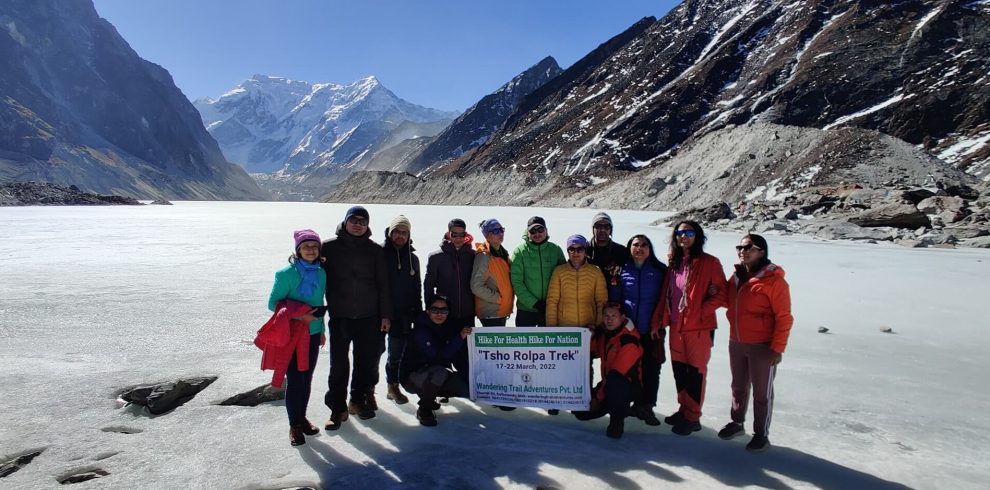-
Kathmandu
-
Kathmandu
-
Strenuous
-
Solukhumbu
-
Adventure/Active
-
12+
-
Private and Group
-
Fully Guided
-
Instant Booking
-
5364 m
-
March-May and Sep-Nov
Overview
A trip to Everest Base Camp is a once-in-a-lifetime opportunity for individuals whose aspirations soar above the skies. Far from civilization, you may immerse yourself in the splendor of nature and test the limits of your own strength and stamina. Trekking to Everest’s base camp is an experience like no other. You will make it to EBC at 5,364 meters, right at the feet of Mt. Everest (8,848 m) if you stick it out and fight your way through the hardships of the walk. Kala Patthar (5,643 m), a popular lookout perched just above the EBC, is the next stop on the Everest Base Camp Trek. From here, you get a sweeping vista of Everet and the opportunity to see a breathtaking dawn.
You’ll start your journey in historic Kathmandu, where you may get your surroundings and enjoy some sightseeing before starting your climb. When you go to Everest Base Camp, at the foot of the world’s tallest mountain, you will cross precarious suspension bridges, discover remote Buddhist temples, and immerse yourself in the welcoming, hardy Sherpa culture. As you make your way across the Himalayas alongside adventurers and photographers from all over the world, keep your eyes prepared for three of the world’s ten tallest peaks— Mt. Cho Oyu, Mt. Lhotse, and Mt. Makalu.
When you travel to Everest’s base camp, you’re doing more than just hiking to the top of a mountain. Beautiful woods, Sherpa settlements, glacier moraines, and hillsides may be found around every corner of the track, earning it the title “the stairs to paradise” from its detractors. For the physically fit traveler who isn’t scared of a challenge, our complete trekking support personnel will introduce you to the local culture before providing a glimpse of the summit.
Highlights of Everest Basecamp Trek
- Visiting the Sagarmatha National Park, a UNESCO World Heritage Site
- Exploring the Tengboche Monastery, the largest monastery in the Khumbu region
- Hiking to Kalapatthar, a viewpoint with panoramic views of the Everest massif
- Reaching the base camp of Mount Everest and seeing the Khumbu Glacier and Khumbu icefall up close
- Kalapatthar a magical view point that offers the 360 views of mountains. Everest, Changtse, Nuptse, Lotshe, Pumori, Amadablam and many other mountains.
- The Sherpa’s capital Namche Bazzar. The magnificent town offering world’s highest located pub, The Irish Pub.
- Hospitable Sherpa community with awesome culture and tradition.
Trip Reviews
There are no reviews yet. Be the first one to write one.
Write a Review
Your email address will not be published.

